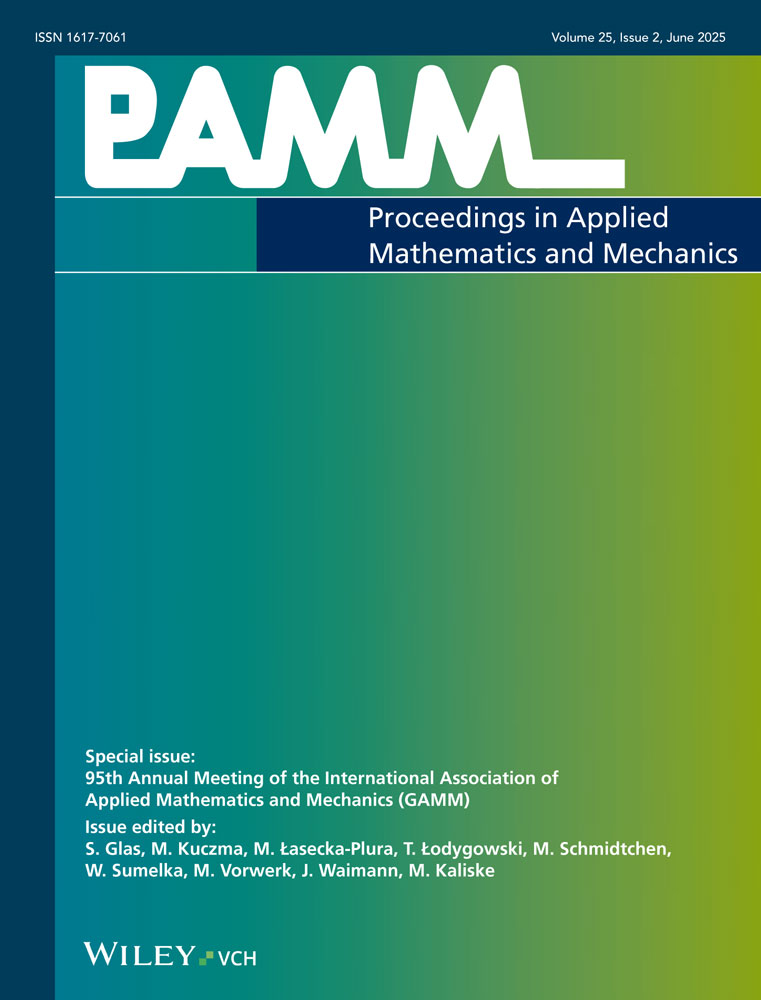On configurational forces in a dynamic phase field model for fracturing
Abstract
Dynamic fracturing is an active field of research in which some phenomena like crack branching are only partly understood. The origin for most theoretical studies of fracturing - analytical as well as numerical investigations - are classical concepts of fracture mechanics such as Griffith's energy-based description. The same is true for phase field fracture models that represent cracks by means of an additional scalar field. The evolution of this field can be found from minimization of a regularized energy functional which corresponds to a generalized Griffith criterion. This work discusses configurational forces as a means to highlight the relation between fracture evolution in a phase field model and the classical fracture mechanical concepts. In contrast to other numerical tools that rely on configurational forces to model the crack propagation, the configurational forces serve a different purpose in a phase field model for fracture. Here, they are a result of a post-processing step that enhances the understanding of the simulated fracture problem. (© 2016 Wiley-VCH Verlag GmbH & Co. KGaA, Weinheim)




